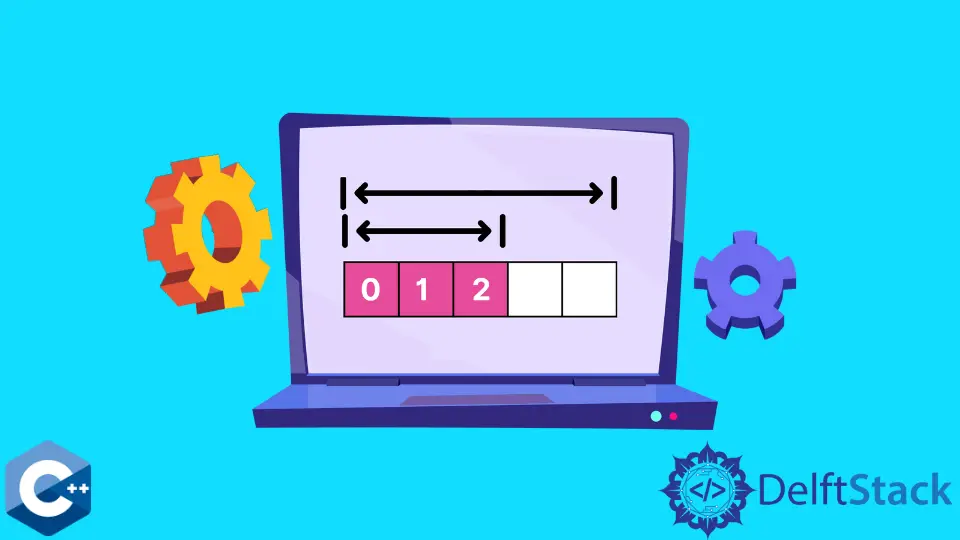C++에서 벡터를 초기화하는 방법

이 기사에서는 C++에서 상수 값으로 벡터를 초기화하는 방법을 설명합니다.
이니셜 라이저 목록 표기법을 사용하여 C++의 ‘벡터’요소에 상수 값 할당
이 방법은 C++ 11 스타일부터 지원되었으며,vector 변수를 상수 초기화하는 상대적으로 가장 읽기 쉬운 방법입니다. 값은 할당 연산자가 앞에 오는braced-init-list로 지정됩니다. 이 표기법을 종종 복사 목록 초기화라고합니다.
#include <iostream>
#include <vector>
using std::cin;
using std::cout;
using std::endl;
using std::string;
using std::vector;
int main() {
vector<string> arr = {"one", "two", "three", "four"};
for (const auto &item : arr) {
cout << item << "; ";
}
return EXIT_SUCCESS;
}
출력:
one; two; three; four;
대체 방법은 다음 코드 블록과 같이vector 변수를 선언 할 때 initializer-list 생성자 호출을 사용하는 것입니다.
#include <iostream>
#include <vector>
using std::cin;
using std::cout;
using std::endl;
using std::string;
using std::vector;
int main() {
vector<string> arr{"one", "two", "three", "four"};
for (const auto &item : arr) {
cout << item << "; ";
}
return EXIT_SUCCESS;
}
전 처리기 매크로는 이니셜 라이저 목록 표기법을 구현하는 또 다른 방법입니다. 이 예제에서는 상수 요소 값을 INIT 객체와 유사한 매크로로 정의한 후 다음과 같이vector 변수에 할당합니다.
#include <iostream>
#include <vector>
using std::cin;
using std::cout;
using std::endl;
using std::string;
using std::vector;
#define INIT \
{ "one", "two", "three", "four" }
int main() {
vector<string> arr = INIT;
for (const auto &item : arr) {
cout << item << "; ";
}
return EXIT_SUCCESS;
}
C++ 11 이니셜 라이저 목록 구문은 매우 강력한 도구이며 다음 코드 샘플에서 설명하는 것처럼 복잡한 구조의 벡터(vector)를 인스턴스화하는 데 사용할 수 있습니다.
#include <iostream>
#include <vector>
using std::cin;
using std::cout;
using std::endl;
using std::string;
using std::vector;
struct cpu {
string company;
string uarch;
int year;
} typedef cpu;
int main() {
vector<cpu> arr = {{"Intel", "Willow Cove", 2020},
{"Arm", "Poseidon", 2021},
{"Apple", "Vortex", 2018},
{"Marvell", "Triton", 2020}};
for (const auto &item : arr) {
cout << item.company << " - " << item.uarch << " - " << item.year << endl;
}
return EXIT_SUCCESS;
}
출력:
Intel - Willow Cove - 2020
Arm - Poseidon - 2021
Apple - Vortex - 2018
Marvell - Triton - 2020
Founder of DelftStack.com. Jinku has worked in the robotics and automotive industries for over 8 years. He sharpened his coding skills when he needed to do the automatic testing, data collection from remote servers and report creation from the endurance test. He is from an electrical/electronics engineering background but has expanded his interest to embedded electronics, embedded programming and front-/back-end programming.
LinkedIn Facebook